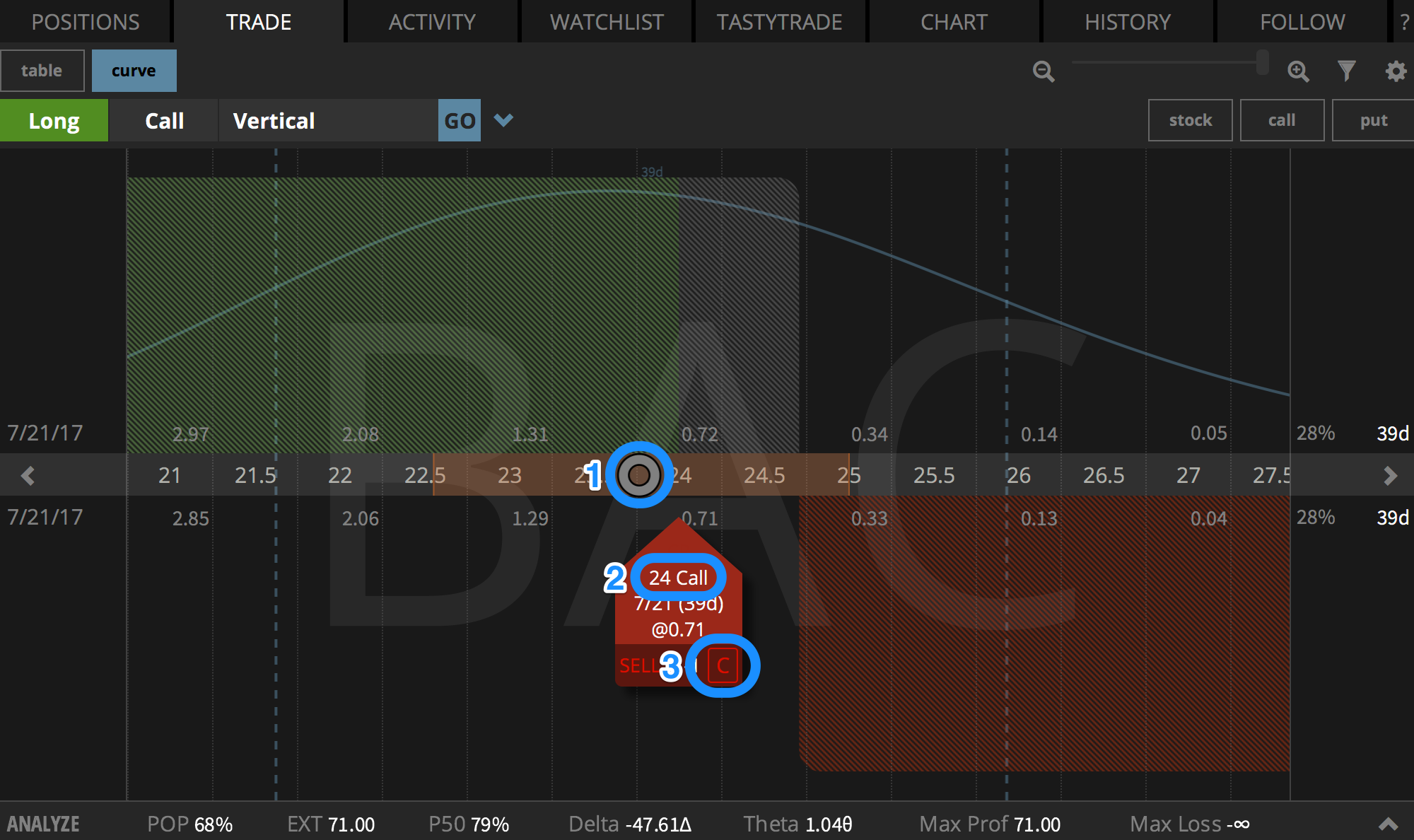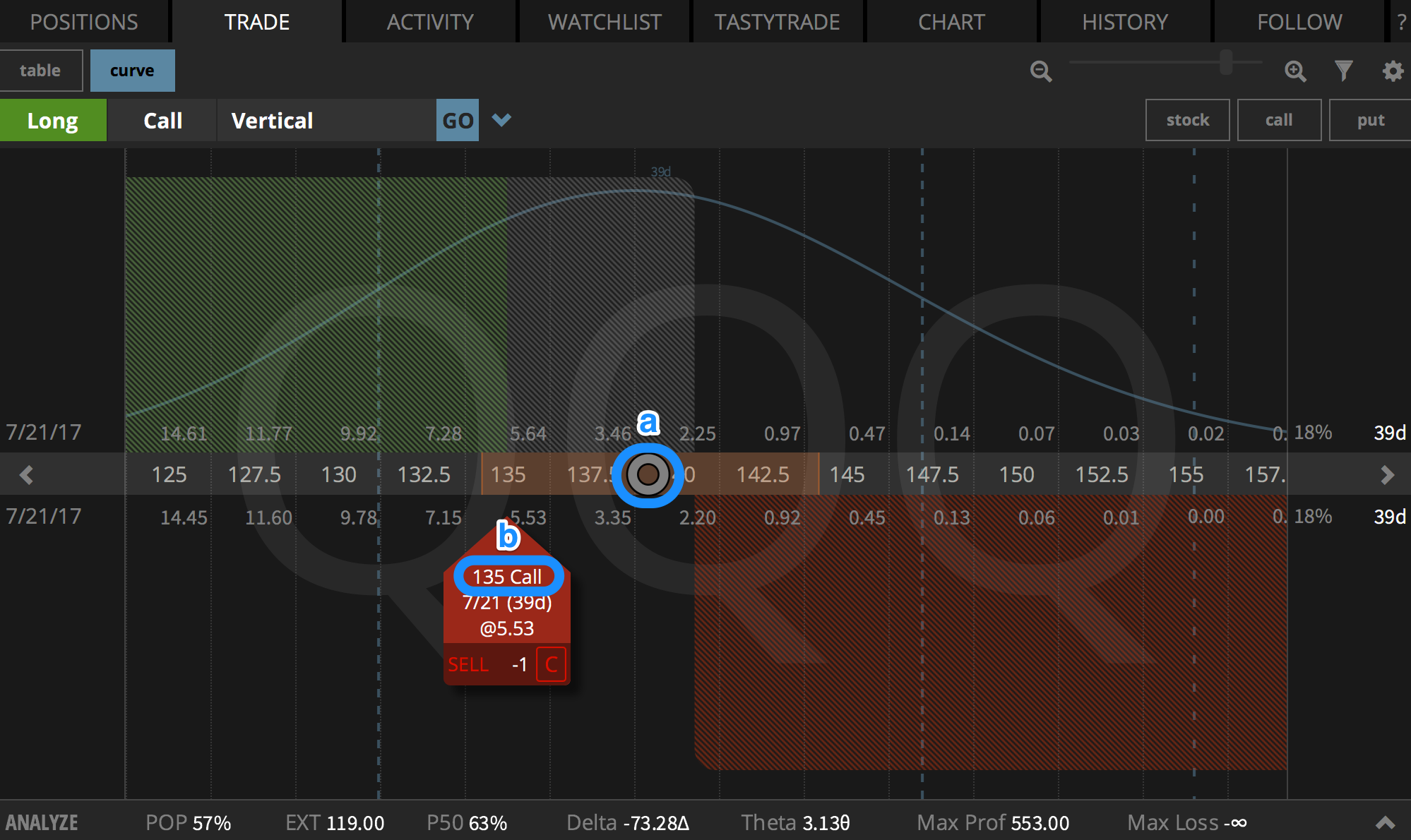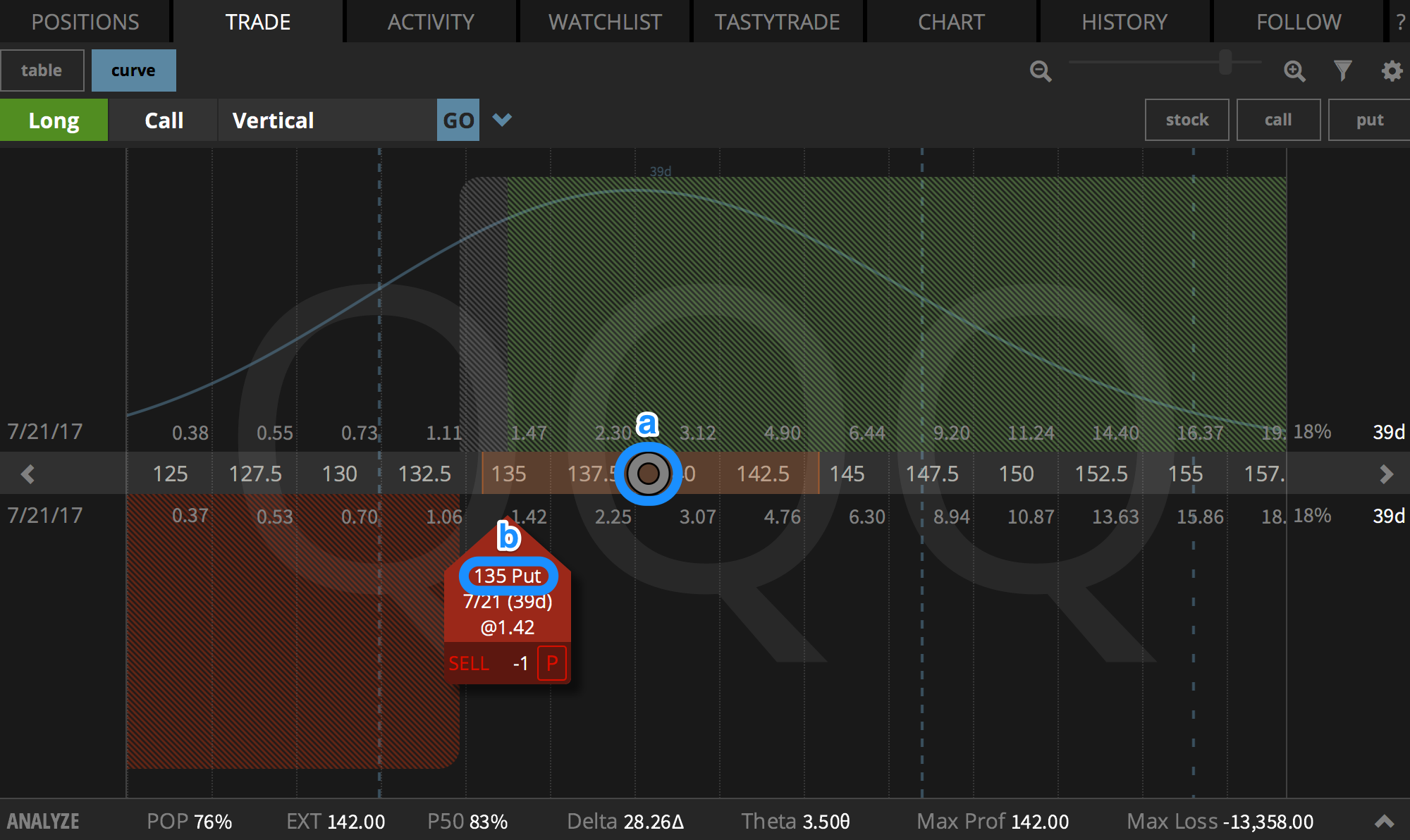In the Money Options: Everything You Need to Know

In the Money Options: Everything You Need to Know
In options trading, the term 'in the money' is used quite often to describe the position of an underlying in relation to the strike price of a stock option. For experienced traders, the term 'in the money' is inherently understood, however for newer traders or investors learning how to trade options, this term can be a bit confusing. Before we get into defining what in the money actually is, let's learn about the factors that determine if a call option or put option is in the money.
There are essentially three components that determine if an option is in the money:
- The stock price - the price of the stock when the trade is executed
- The strike price - the price at which the option is bought or sold
- Option type - whether the option is a call or put option

Components that determine whether or not an option is 'in the money'
Now that you know what aspects of a trade determine whether or not an option is 'in the money' or not, let's look at the difference between in the money call options and in the money put options.
In The Money Call Options
A call option is in the money when the strike price of the option (determined by the investor upon trade entry) is below the price that the stock is currently trading at. Let's look at an example for more clarification and context.
QQQ (the NASDAQ - 100 Index Tracking Stock) is currently trading at (a) $139.23 per share. If I were to buy or sell a call option below that price, it would be in the money.
In the example below, the (b) $135.00 strike price is below the stock's price, which is at (a) $139.23.

ITM call option as displayed on the tastytrade trading platform
In this same example, when the call option's strike price is adjusted up just slightly, to a strike price of (b) $141, it is now out of the money. Why is that? It is because the strike price ($141) is above where the stock price is trading ($139.23).

The above option is out of the money because the strike price of the option is higher than the stock's current price
Now that we've covered in the money call options, let's take a look at in the money put options.
In The Money Put Options
A put option is in the money when the strike price of the option (determined by the investor upon trade entry) is above the price that the stock is currently trading at. Now, let's take a look at another example.
Well look at QQQ again, which is currently trading at (a) $139.23 per share. When I sell a put option below that price, at (b) $135.00, it is considered out of the money because the strike price ($135.00) is below where the stock is trading ($139.23).

The above option is out of the money because the strike price of the option is below the stock's current price
Now, when I move that strike price up just slightly, to (b) $141.00, it then becomes an in the money option. The strike price of (b) $141.00 is above the stock's price, which is at (a) $139.23.

ITM put option as displayed on the tastytrade trading platform
Understanding in the money can be a little tough at first so if you're still struggling, reread the last couple sections again. Once you do that, pop open the tastytrade platform and look at different strike prices for different underlyings. Move them around and get a feel for when an option is in or out of the money.
You should now have a basic understanding for when an option is in the money, but what happens to call and put options when the option expires in the money?
Expiring In The Money - Assignment Risk
Call Options Expiring In The Money
When a call option expires in the money...
- The buyer of the call option has the right, but not the obligation, to purchase 100 shares of stock at the strike price of the call option.
- The seller of a call option that expires in the money is required to sell 100 shares of the stock at the option's strike price. Short options that are at least $.01 ITM at expiration are automatically exercised by most brokerage firms.
To not get assigned, you can close the trade before expiration or roll the trade out to a farther expiration cycle.
Put Options Expiring In The Money
When a put option expires in the money...
- The buyer of the put option has the right, but not the obligation, to sell 100 shares of stock at the strike price of the call option.
- The seller of a put option that expires in the money is required to buy 100 shares of the stock at the option's strike price. Short options that are at least $.01 ITM at expiration are automatically exercised by most brokerage firms.
To not get assigned, you can close the put options before expiration or roll the put options out to a father expiration cycle.
If you want to read more information about assignment as it relates to option expiration, check out this post.
Intrinsic Value - How It Relates To 'In The Money'
As you learn about options, you will begin to encounter the term intrinsic value quite often. I won't cover the topic in-depth, but it's at least worth noting the relation between intrinsic value and in the money options.
Call Options - Intrinsic Value
Intrinsic value when it comes to call options, refers to the amount that the call option is actually in the money. Let's say for example that you have a call option with a strike price of $30 and a stock price of $40, the option has an intrinsic value of $10/share - for a total intrinsic value of $1,000 (remember that one option controls 100 shares of stock).
If the call option is not in the money (if the stock price < the strike price), then there is no intrinsic value.
Put Options - Intrinsic Value
For put options (similar to call options), intrinsic value refers to the amount that the put option is in the money. If you have a put option that with a strike price of $50 and a stock price of $45, the put option has an intrinsic value of $5/share - for a total intrinsic value of $500 (again, remember that one option controls 100 shares of stock).
If the put option is not in the money (if the stock price > the strike price), then there is no intrinsic value.
Final Notes on In the Money
As you begin to use the term 'in the money' more, it will begin to feel more natural and instinctual. Until it does, keep utilizing the tools and resources you have available to understand the term because it's a vital component of understanding options pricing.
Learn basic option trades with Step Up to Options. More questions? Leave them in the comments - we would love to hear your feedback!
Options involve risk and are not suitable for all investors. Please read Characteristics and Risks of Standardized Options before deciding to invest in options.